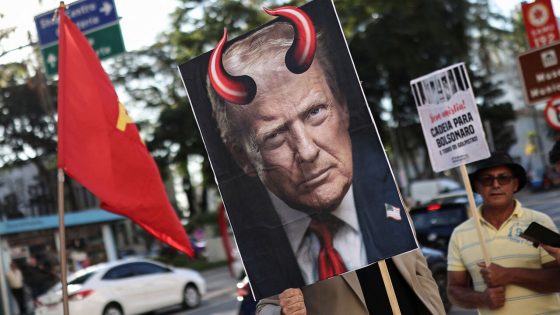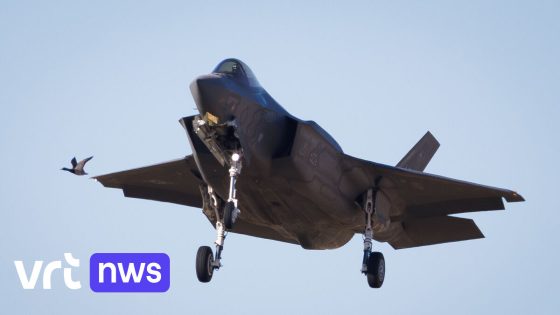When Donald Trump first announced his tariff barrage on April 2nd, it was framed as a necessary response to countries that had “looted” the united states through unfair trade practices. Fast forward to August 7th, and Brazil, a key trading partner, faced a staggering 50% tariff rate—one of the highest globally. This move raises questions about the future of U.S.-Brazil trade relations.
- Trump's tariffs aimed at trade "payback."
- Brazil faced a 50% tariff rate.
- Tariffs implemented on August 7th.
- Brazil imports more from the U.S.
- Trade described as "looting" and "pillaging."
The implications of these tariffs are significant for American businesses and consumers alike. As the tariffs take effect, many wonder: How will this impact prices for everyday goods? Will it lead to retaliatory measures from Brazil? Understanding these dynamics is crucial, especially as we approach the economic landscape of 2025-08-08 19:09:00.
This latest round of tariffs could reshape trade dynamics between the U.S. and Brazil. With Brazil importing more from the U.S. than it exports, the steep tariff raises concerns about economic repercussions. Will American companies bear the brunt of these costs? Here are some key points to consider:
- Higher prices for imported goods in the U.S.
- Potential retaliatory tariffs from Brazil affecting U.S. exports.
- Increased strain on U.S.-Brazil trade relations.
As we navigate these changes, it’s essential for businesses and consumers to stay informed. How will these tariffs shape the future of trade? Engaging in discussions about these issues can help prepare for what lies ahead.
































